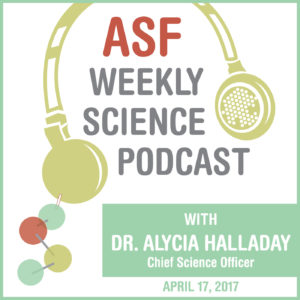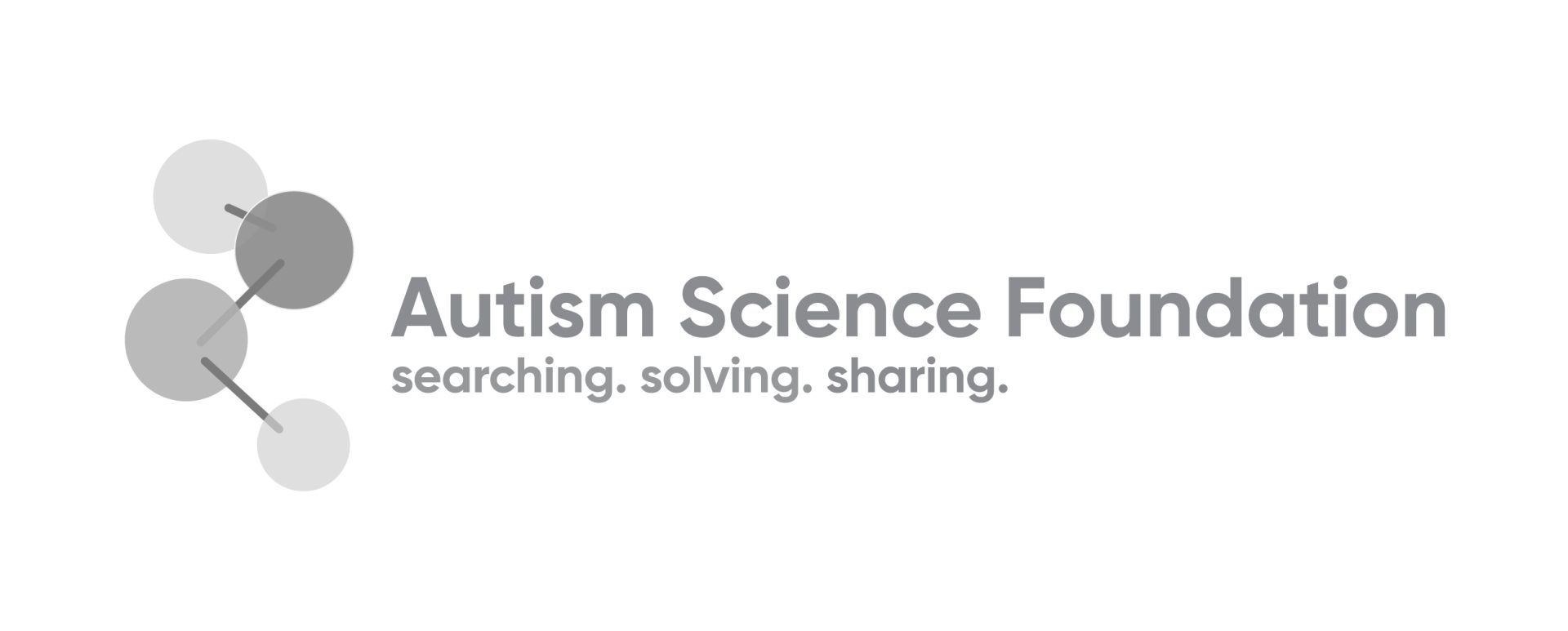This week two groups of heroes of autism research published studies that may not be the type of major breakthrough that the media reports on, but they are more important to families: These studies help translate what works in the research clinic into the community. Specifically, is it even possible, how, and what do families need to know when they receive an intervention that has yet to be “field tested”. This is a whole field of research called implementation science, and it deals with how scientists and community services implement what is learned in research settings into real world settings. Listen to the podcast here.
People with autism are less likely to be physically active and more likely to be sedentary. A number of studies have looked into different physical activities, both group based and individually, on improvements in health as well as core features of autism, and most have had positive results. New animal model research demonstrates a benefit of exercise using the maternal immune activation model of ASD, pruning back the excess of connections and cell fibers. As people with autism also have too many connections in the brain, this may have a direct therapeutic benefit. But besides all the scientific conjecture, we all need more exercise, physical activity interventions seem to only help, not hurt, people across the spectrum, and should be used to complement, not replace existing therapies. Listen to the podcast here.
Parents have choices of dozens of different autism interventions, available in private and public settings. A new study explores factors which influence parents decisions on different interventions, how they are similar to each other and different. They include cognitive ability of their kids with ASD and economic resources. Parents in the US may have similarities in how they obtain interventions, but they are also similar in how they identify autism signs in their preschool kids, and these similarities are seen across the world. In a new study of over 19,000 preschoolers with autism, some similarities are seen in parent reported symptoms of ASD across 24 different countries. This is pretty remarkable given societal, geographical, and cultural issues. But it’s not all harmony and unity – there were lots of differences between parents and teachers which can have enormous impact on how autism is diagnosed worldwide. Listen to the podcast here.
You may have heard on the internet that a new “radical” treatment leads to a “50% reduction” in autism symptoms. This radical treatment is fecal transplants, which is taking the bacteria from the feces from one person and putting them in another person. This is a still experimental treatment, and while the microbiome should be researched more in regards to its relationship to autism, there might be a less invasive way to alter the microbiome which could stand up to the rigor of a well designed trial. Also this week, new prevalence data on 4 year olds across multiple years. Did it change across time, and is it different from 8 year olds, and why is this difference important? Listen to the podcast here.
This year’s Day of Learning included two presentations on the use of technology among people with autism. As it turns out, technology can be great. In fact, a new study using Google Glass shows promise in improving socialization. On the other hand, sometimes technology can have a downside. People with autism spend more time than typical peers on their iPads, iPhones and other devices. What could be wrong with that? Well, problematic internet use is linked to autistic traits and suicidality. This link is NOT a clear line and obviously causes of suicide are multifactorial. However, new data demonstrate that obsessive internet use is not making things better for people with ASD. Listen to the podcast here.
Researchers at Mount Sinai led by Alex Kolevzon are running a clinical trial of the compound insulin-like growth factor 1 (IGF-1) for children with idiopathic autism. Dr. Kolevzon’s team previously demonstrated the safety and feasibility of IGF-1 in treating Phelan-McDermid syndrome, a single-gene form of autism. Particularly, the IGF-1 treatment improved symptoms of social impairment and repetitive behaviors, which are core symptoms of autism. Expanding their investigation into idiopathic autism, the researchers are working hard to make sure families can comfortably and knowledgeably participate in the clinical trial. For this week’s podcast, Mahir Rahman spoke with Dr. Kolevzon about the study and where it hopes to go. Interested in joining the study? Go here to learn more.
On this week’s podcast, highlights from the Phelan-McDermid Syndrome Foundation 2018 International Family Conference in Dallas, TX. People with Phelan McDermid Syndrome, or PMS, suffer from seizures and intellectual disability, and about 70% have an ASD diagnosis. This syndrome is caused by mutations of the SHANK3 gene, which is present in about 1% of people with autism, making it the most common single genetic influence of ASD. Learn more about the conference here.
On this week’s podcast, two studies that used a randomized design to show how interventions can be delivered in the classroom.
By Meghan Miller, PhD

More and more, researchers and clinicians are thinking about how advances in technology can be leveraged for interventions for children with autism. Tablets, computers, and video games have become increasingly available to children in their daily lives. At the same time, the American Academy of Pediatrics has put forth clear screen time guidelines for children, and many parents worry about their children spending too much time in front of a screen or with devices.
In the autism field, technology is providing promising avenues for early detection and intervention. For example, a recent study describes the use of mobile technology to screen for autism in young children. Others have developed apps and virtual reality systems through which treatments can be delivered. But what good are advances in technology-based interventions if parents aren’t interested in utilizing them?
Researchers at the UC Davis MIND Institute on the UC Davis Medical Center campus in Sacramento are conducting a study of parental perceptions of use of technology in treatment of impulsivity in 4 to 7-year-olds with autism spectrum disorder. Parents of 4 to 7-year-old children who have been diagnosed with autism spectrum disorder (ASD) can participate. Families can expect to complete of several online questionnaires about: Your family, your opinions about technology in treatment, and your child’s behavior. These questionnaires will take about 10 minutes of your time.
Take our survey: http://bit.ly/autismtechsurvey
Learn more here: https://studypages.com/s/technology-in-treatment-study-364017/
ASF is proud to announce continued support for the Baby Siblings Research Consortium (BSRC), a network of over 33 research sites around the world studying the younger siblings of people with autism. The Baby Sibs database now tracks over 5,000 younger siblings, with and without autism. The database has been used to develop more sophisticated screening and diagnostic approaches, to understand early biological features of ASD even before symptoms develop, and to inform clinicians of early treatment targets. The additional funding will allow researchers to continue submitting information to expand data points so that a deeper understanding of development across the lifespan can be made. ASF support will also allow scientists to collaborate on key issues like early biological testing and searching for biomarkers of ASD.
On this week’s podcast, two chief science officers! Dr. Alycia Halladay interviewed Dr. Thomas Frazier of Autism Speaks on what’s needed to improve clinical trials and drug intervention for autism. The two CSOs also discussed other important in ASD research, including disclosure of a diagnosis, sex differences, and some of the newest more exciting findings.
 As always, good news and bad news in autism this week. First the good news: an intervention given between 9-14 months of age in children with a high probability of having an autism diagnosis improved autism symptoms at 3 years of age. Now the bad: mothers who experience severe childhood abuse are more likely to have a child with an autism diagnosis. Why? A new study explains it might have a lot to do with autism traits in the parents.
As always, good news and bad news in autism this week. First the good news: an intervention given between 9-14 months of age in children with a high probability of having an autism diagnosis improved autism symptoms at 3 years of age. Now the bad: mothers who experience severe childhood abuse are more likely to have a child with an autism diagnosis. Why? A new study explains it might have a lot to do with autism traits in the parents.
Click here to listen to this week’s podcast with Dr. Alycia Halladay.

